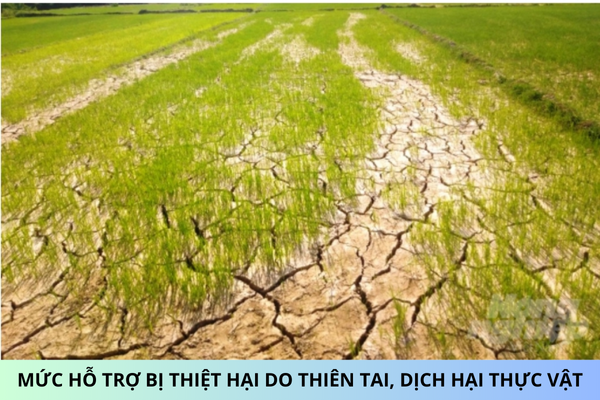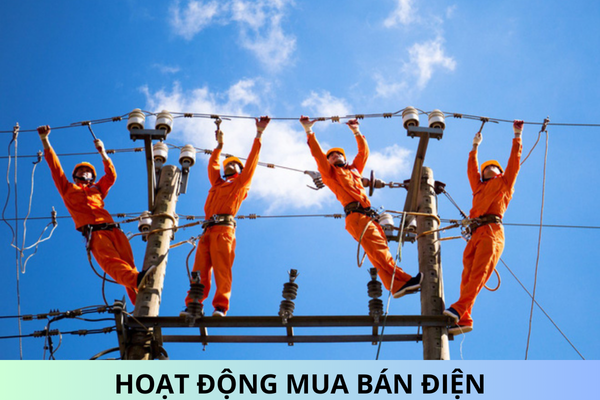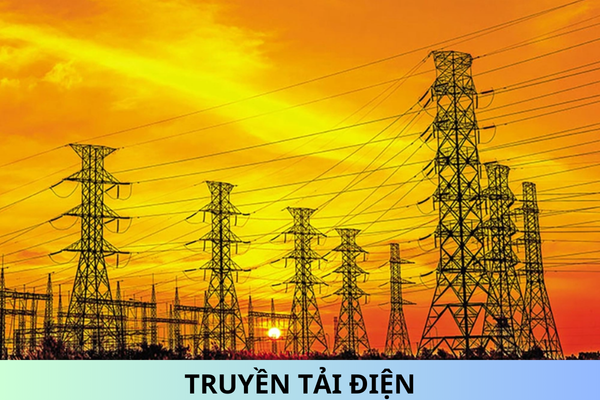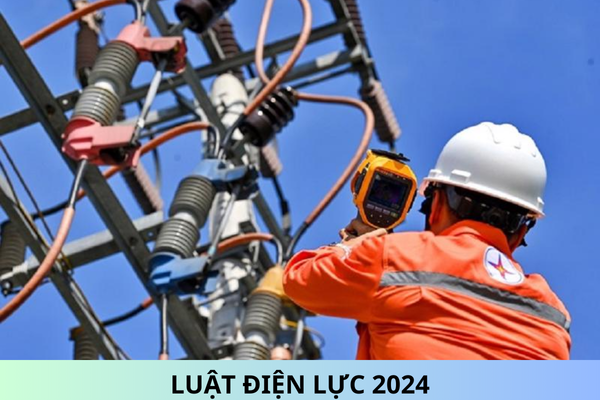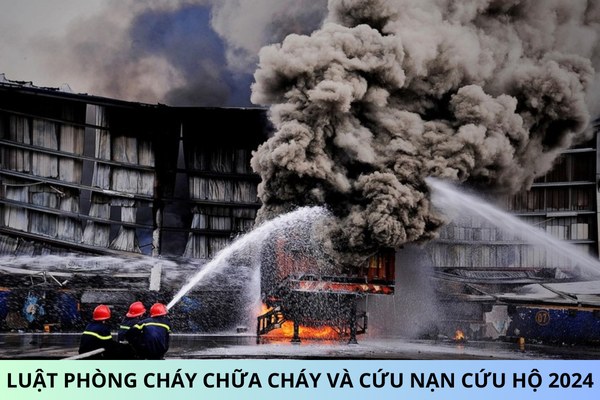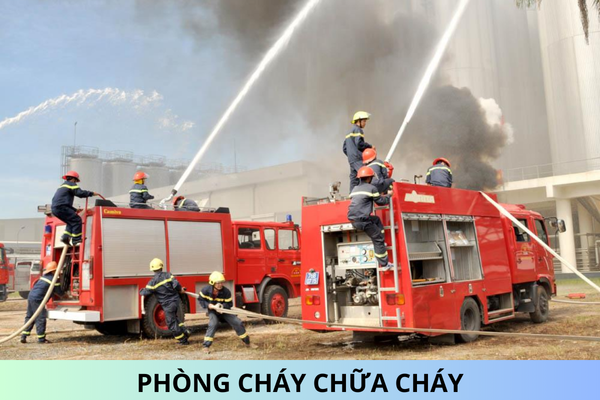What is Called an Earthquake?
At Clause 35, Article 4 of Decision 03/2020/QD-TTg, the concept of natural disaster emergency is defined as follows:
- Earthquake is the shaking of the ground caused by the sudden release of energy in the Earth's crust in the form of seismic waves, potentially causing deformation of the surface, destruction of houses, constructions, properties, and human lives.
Additionally, Article 4 of Decision 03/2020/QD-TTg also stipulates:
- Hypocenter is the location where the earthquake originates.
- Epicenter of an earthquake is the vertical projection of the hypocenter onto the Earth's surface.
- Focal depth is the distance from the hypocenter to the epicenter.
- Surface intensity (denoted as I) is a measure indicating the level of shaking caused by an earthquake on the ground surface and is assessed based on its impact on houses, structures, the ground, objects, and people. In this Decision, surface intensity is evaluated according to the MSK-64 scale, which consists of 12 levels (Appendix IX of this Decision).
The relationship between earthquake magnitude, type of earthquake, surface intensity, impact, and annual frequency of occurrence worldwide is outlined in Appendix X. The seismic zoning map of the territory of Vietnam and adjacent areas is shown in Appendix XI of this Decision.
- Earthquake magnitude (denoted as M) is a measure characterizing the level of energy released by an earthquake and transmitted into the surrounding space in the form of elastic waves. In this Decision, earthquake magnitude uses the moment magnitude scale. Earthquakes are classified into the following types: Microearthquake (M<2.0), minor earthquake (2.0≤M≤3.9), light earthquake (4.0≤M≤4.9), moderate earthquake (5.0≤M≤5.9), strong earthquake (6.0≤M≤6.9), very strong earthquake (7.0≤M≤7.9), and great earthquake (M≥8.0).
Editorial board feedback.
